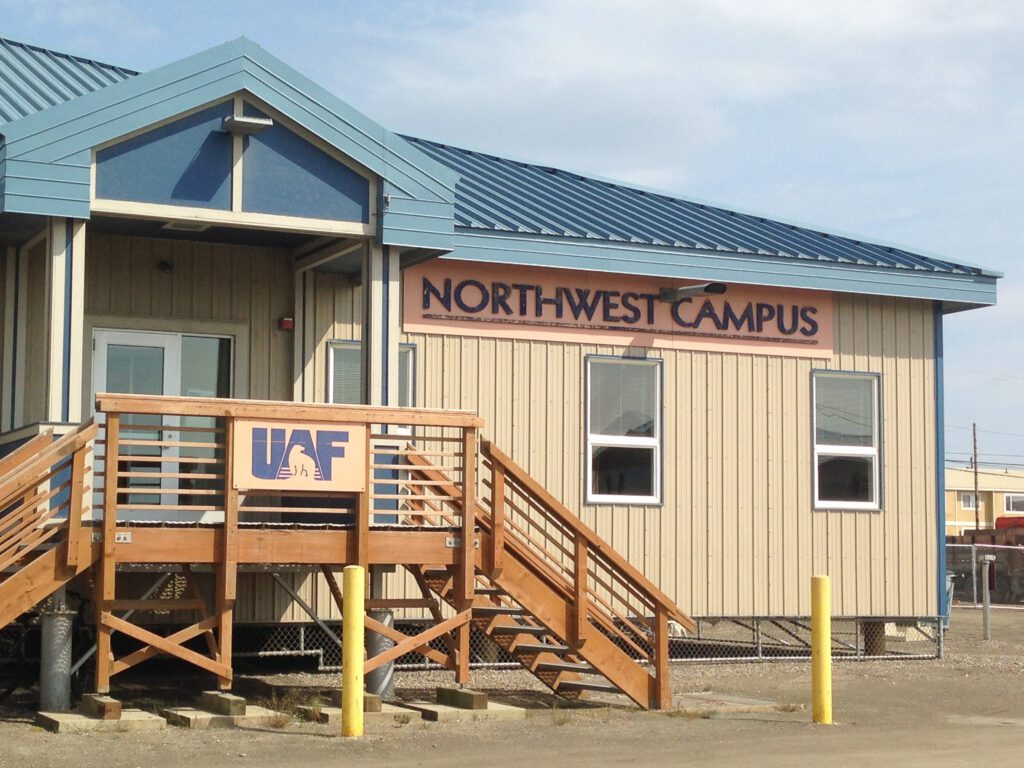Nome’s role in the future of Arctic shipping was the main topic of discussion at the most recent meeting of the Nome Port Commission. With the summer shipping season in full swing, harbormaster Lucas Stotts said the port had a busy July, emphasizing that, “both docks are completely jam-packed full until August 2.”
And vessel traffic is only expected to rise. A report published by the US Army Corps of Engineers in March of this year tentatively selected Nome as the site of a proposed deep-draft port, the first Arctic port of its kind in the country. The project is estimated to cost nearly $211 million in total, with the city on the hook for a possible $113 million.
City officials say much depends on the Port’s capacity to attract funding partners who have a vested interest in Arctic development. But securing those potential partners is easier said than done. With ongoing plans to drill in the Chukchi Sea, petroleum giant Shell Oil would have been an attractive partner for Nome, though the company took its business elsewhere this summer.
“It struck me right in the face that Shell Oil is doing logistics out of Kotzebue and not Nome,” said Commissioner Charlie Lean.
Lean was disappointed that Shell passed over Nome in its planning for this year’s drilling season. He cited Nome’s transportation infrastructure and longer shipping season as major selling points for the port and urged the city to market itself more aggressively in the future.
Port project manager Joy Baker said, despite this year’s disappointment, the door with Shell isn’t shut completely. “We’re still on their radar,” Baker stressed, “but they’re going to run their small crew changes out of Kotzebue… taking advantage of the closer airport to their working location.”
Meanwhile, the Port of Nome is focusing its energy on expanding local services, with construction of the Middle Dock already underway. The project will add another 200-foot dock, allowing the port to accommodate two to three additional mid-sized vessels.
Baker updated the commission at the recent meeting, explaining that, “things are going real well, real smooth, mother nature’s been very cooperative.” She said progress overall is rapid, adding the look of the dock “changes every day, considerably.”
Baker also introduced plans for a possible boat-lift at the mouth of the Snake River. Because Nome does not currently have the capacity to remove larger vessels from the water, they’re forced to travel south to ice-free harbors such as Juneau or Seattle for the winter. Baker debuted two concept drawings for a possible lift, with initial bids ranging from $4.3 to $4.5 million. While she emphasized that the concept is still abstract, she said it’s never too early to think about Nome’s future.
“I think it’s another piece of infrastructure that is on the horizon for Nome,” suggested Baker, “I just don’t know when that magical time is to build it.”
When it comes to future planning, outgoing commissioner Iura Leahu commended Baker for keeping her “eye to the future.” In his final comments, Leahu thanked his fellow commissioners for their continuing work and expressed his hope of seeing those efforts pay off down the road. “I think that there is a future here for the city of Nome,” Leahu insisted, “and I think we might be able see a port here that is going to make a difference in this region.”
Much of this hope rests on the US Army Corps of Engineers’ decision to move forward with a deep-draft Arctic port in Nome. After reviewing all inter-agency and public comments on the “tentatively selected” plan, a final decision is anticipated by December 2015.







